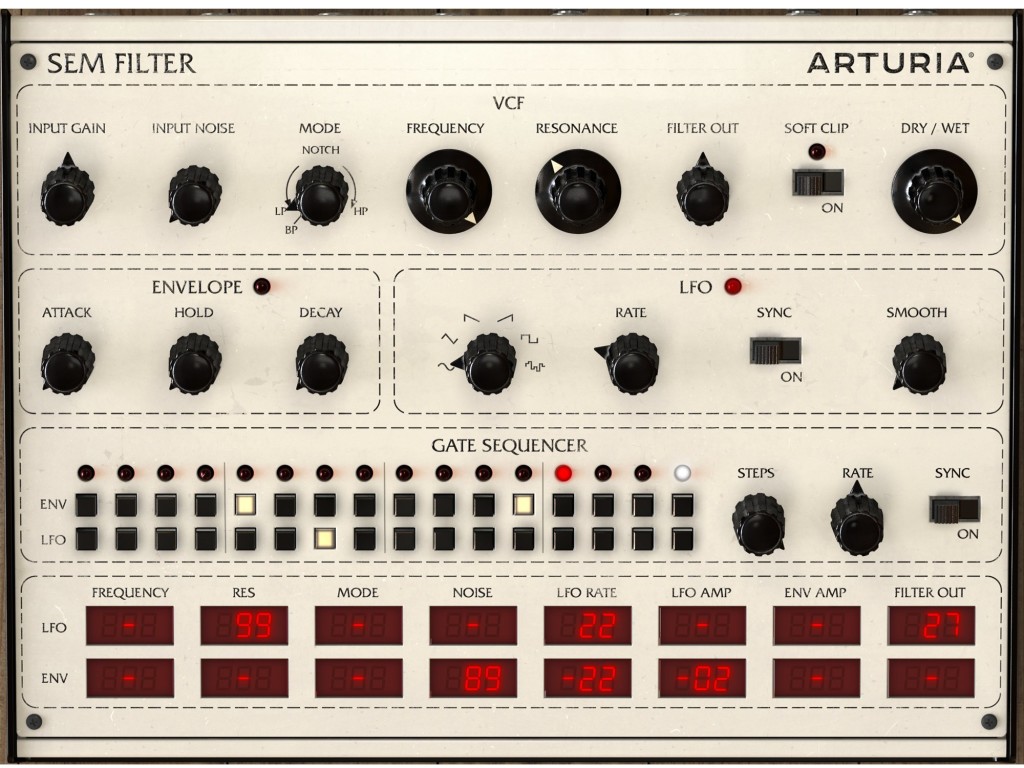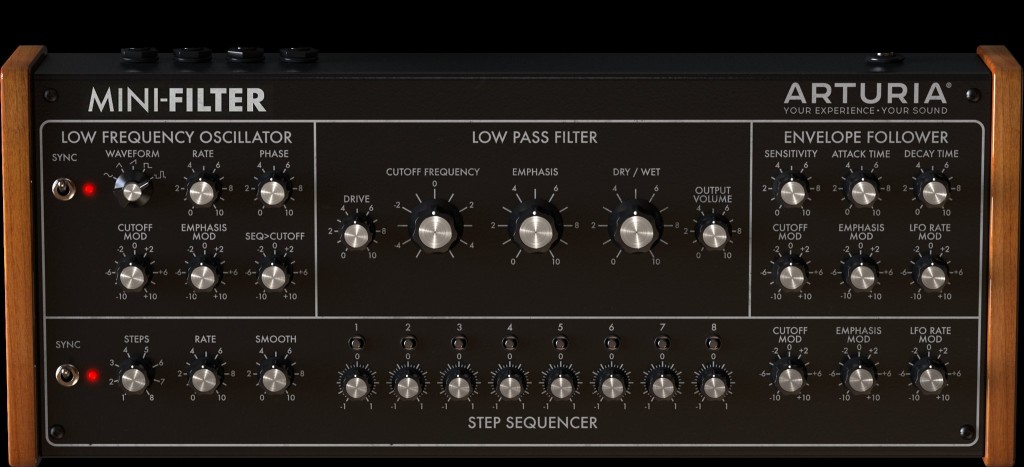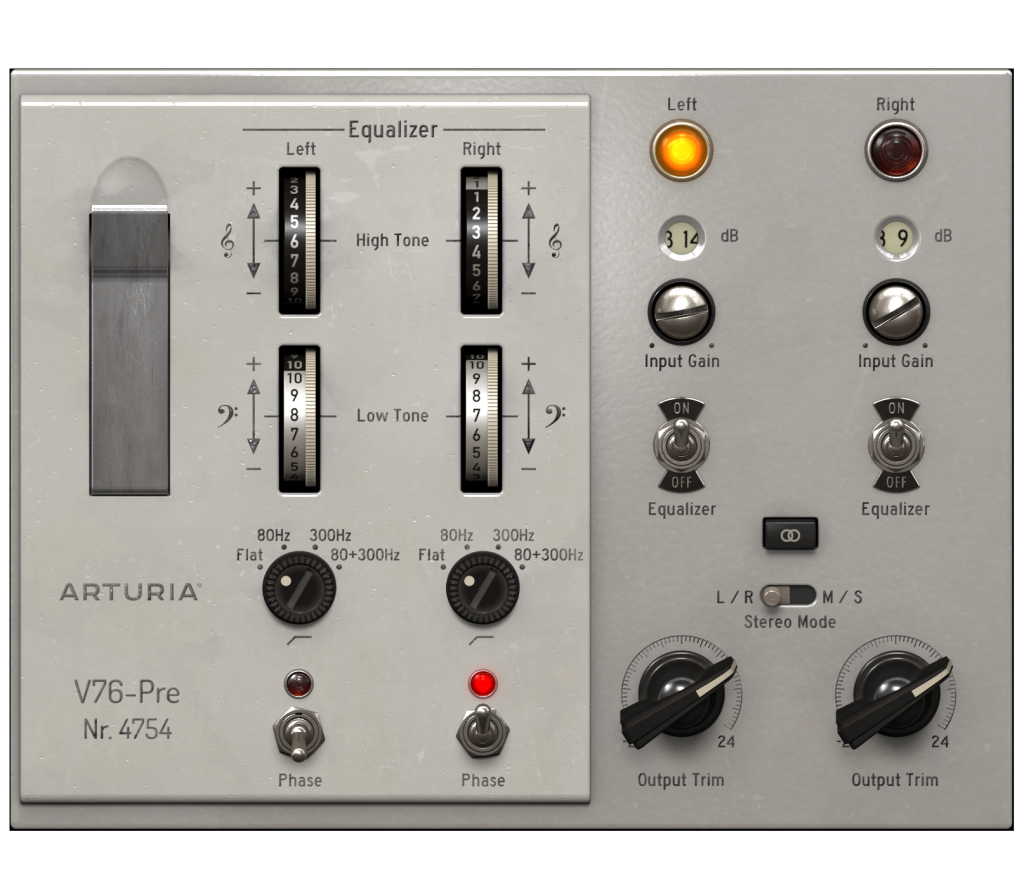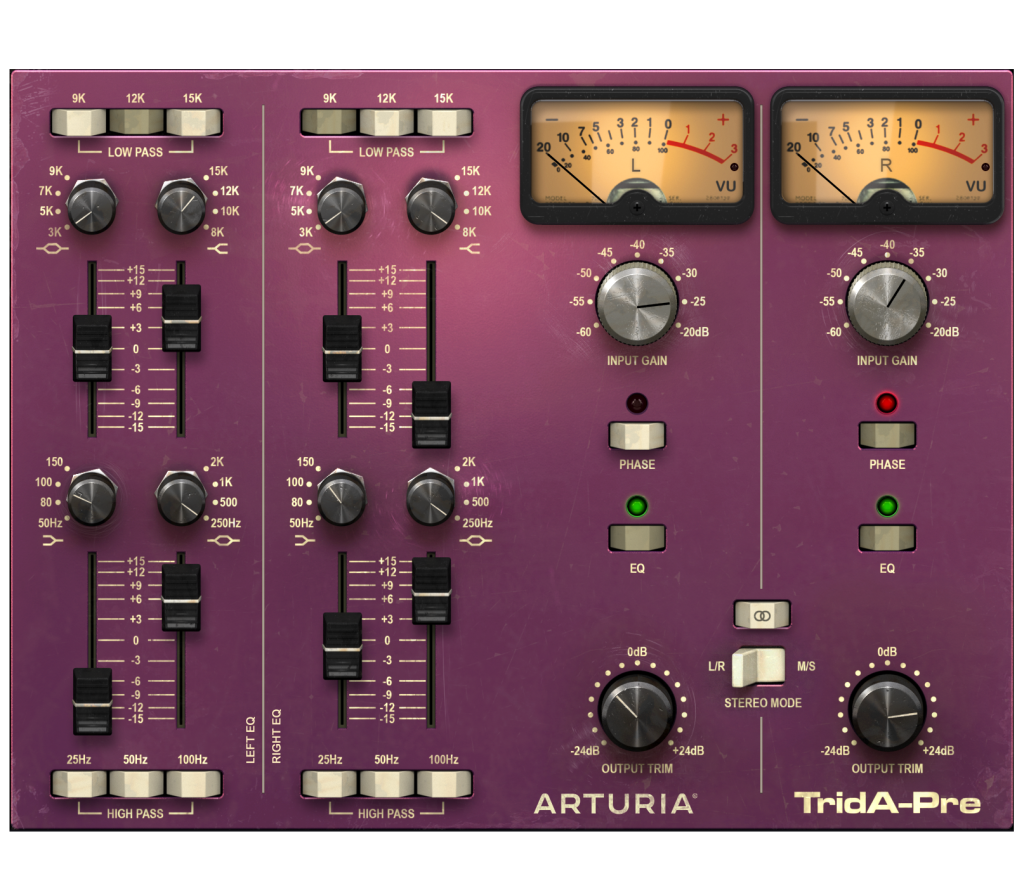Here’s a simple sales pitch: preamps and filters you’ll actually use. No, seriously – that’s the real product name. Here’s a look at what Arturia just unveiled.
It does seem these days we’re being offered recreations of the same gear in a slightly dizzying combination, but here’s another set. Arturia this time have come up with models of three preamps, plus three filters.
Of the two sets, the filters seem the most useful. (We’d have to do a proper shootout – maybe with blind A/B testing and the original gear – because the pres are everywhere.) The filters, for their part, are a unique take: the fact that you can just tear off these popular filters and insert them wherever you want.
Here’s what you’ve got, with those cheeky product names:
3 Preamps You’ll Actually Use
1973-Pre = Rupert Neve solid-state preamp, with different transformers selectable (think 1073, folks 😉 )
TridA-Pre = Trident Studio A range
V76-Pre = Telefunken tube (hello “White Album”), now with shelf EQ
To be fair, some of these models are glued into something else (like a channel strip model), so it’s potentially useful to have dedicated models like this.
3 Filters You’ll Actually Use
SEM-Filter = Oberheim meets a sequencer
Mini-Filter = Moog ladder filter
M12-Filter = Tom Oberheim Matrix-12 multi-mode filters
Here’s where this all gets interesting – that M12. You get twin filters, random generators, a modulation matrix, and programmable envelopes. So these three filter tools essentially add modular filtering to anywhere you want it in a DAW – and that’s a big deal.
And the filters are the good deal, too – US$99 intro price. (After that, it’s $199 – but a hundred bucks for this could unlock a really powerful sound tool).
The pres are $199 intro, $299 after that. That’s in more competitive waters, as there are quite a few models you can get for those prices. Arturia do have an interesting take on the design and UI here, at least.
Existing Arturia users will find their pricing gets a whole lot cheaper… and that’s where I suspect these suddenly get more tempting.
Now, all that said, if you really want a bargain buy, consider investing in something like Reaktor, which is an entire, open modular environment for the price of what a lot of standalone tools are these days. (Or Max/MSP. Or VCV Rack or Pd, which get yo into this for free – if you’re willing to invest an amount of time – okay, to be fair, sometimes a considerable amount of time!)
But those filters look tasty. And it’s simply awesome being able to drop them anywhere you want in a DAW! (This pairs nicely with that sequenced filter that just got added to Apple’s Logic. I see a lot of filtering in our future.)
The best way to understand what’s here is in the pics, so have a look.
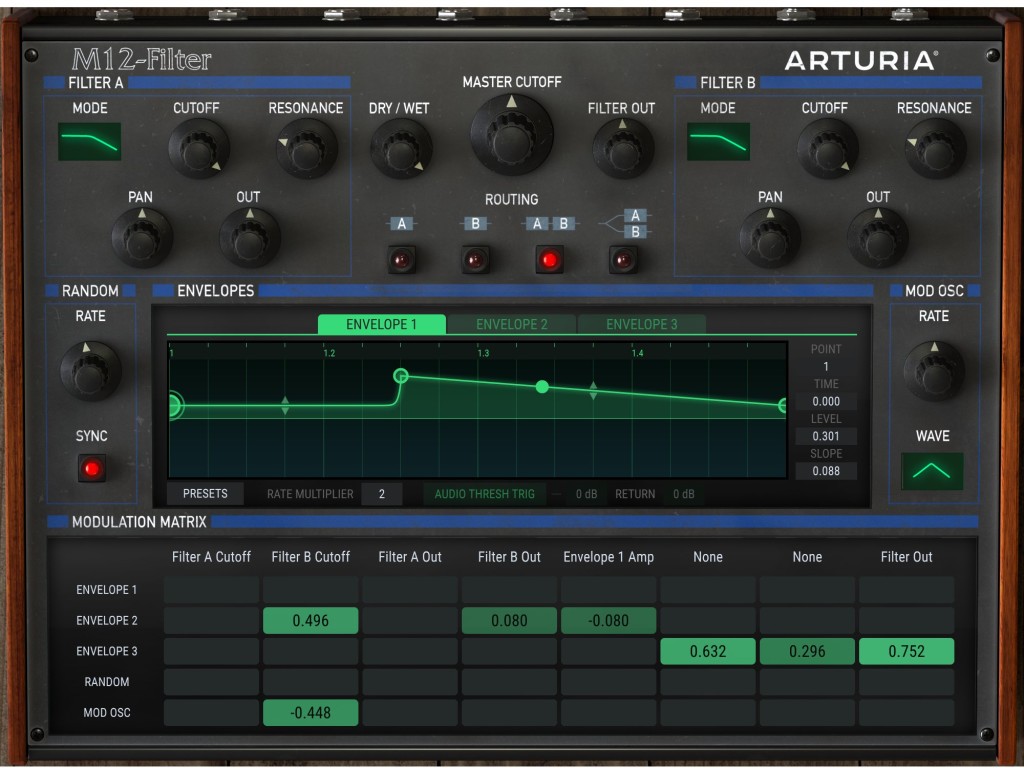
Here’s the best bit – getting the Matrix-12 anywhere you want it, complete with powerful modulation and envelope options.
